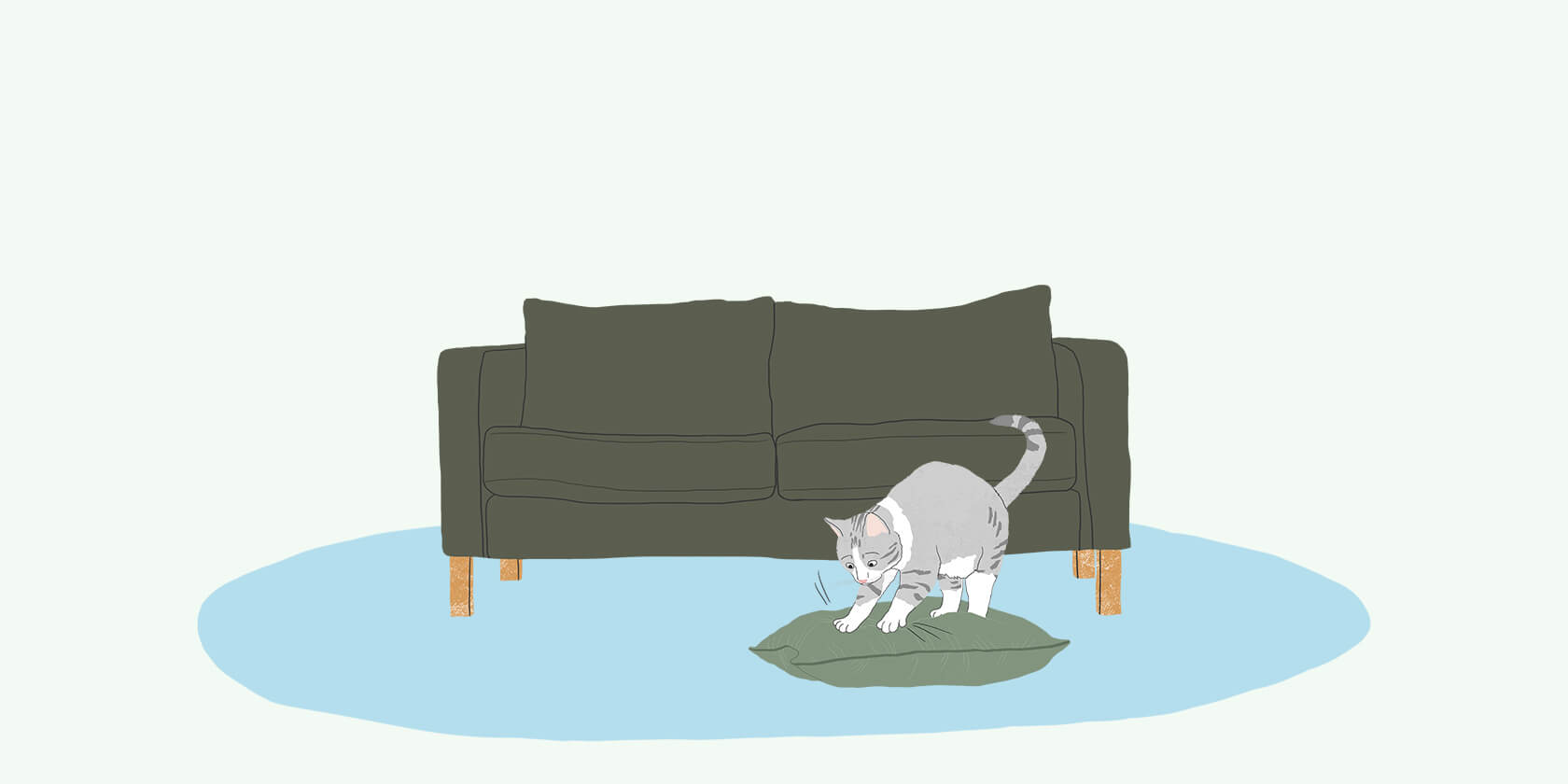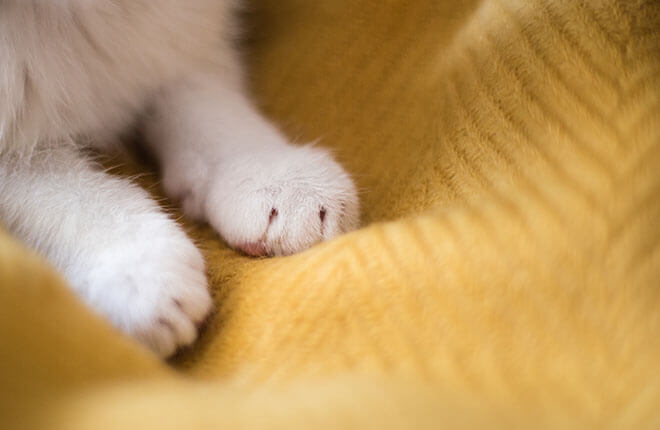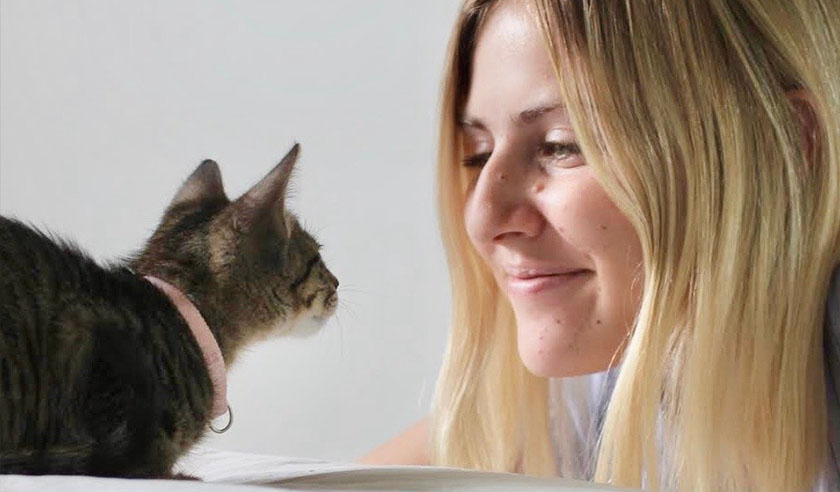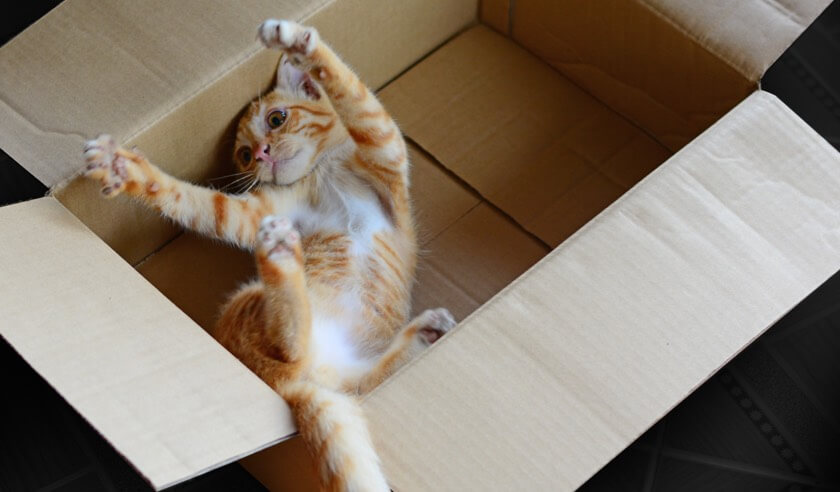Cat kneading is one of those special, instinctive cat characteristics people often wonder about. Is my cat happy, angry, or self-soothing when kneading? Should I worry if they knead all the time or don’t knead at all? The truth is, cat kneading can take many forms, for many reasons, with many associated feelings. That just means there’s plenty for you to learn about this interesting feline activity. Understanding a bit more about your cat’s inclinations to knead can improve your bond and give you deeper insights into their individuality.
What Is Cat Kneading?
Cat kneading, sometimes called "making biscuits," resembles the motion we make when kneading dough. It's the rhythmic motion cats make with their paws, alternating between left and right, typically on soft objects like blankets, pillows, your belly, and even other pets.
Most cats make the same motion with their paws while kneading, but there are differences in the way they knead. Some purr loudly while others purr softly — and some even stay silent during their kneading ritual. You may see cats extend their claws, but not always. There are even cats who suckle and bite while kneading.
The differences don't stop there. Many cats just use their front paws, while others sometimes get all four paws in on the action. You'll also see variations in the amount of kneading your cat does. How a cat kneads is a reflection of their unique self.

Why Does My Cat Knead?
If you're concerned about your cat's kneading, don't be — it's a completely natural and normal behavior. While many people worry it's a symptom of something negative (like kittenhood trauma or being separated from their mother too early), it's been shown that nearly all cats knead at all ages.
The most prevalent theory on the reason behind this kneading has to do with their kitten years. Nursing kittens knead their mother's belly to stimulate milk production and flow from the teats. It's thought that kittens carry this action into adulthood with positive associations of their comfort when nursing.
There are other theories too. They include:
- Kneading to create a cozy bed. The wild ancestors of today's house cats would knead to pat down grass and other vegetation, making a soft spot for resting or giving birth.
- Kneading to mark territory. Cats have scent glands in their paws. Kneading releases pheromones as a way of marking their territory and communicating with other cats in the area.
- Kneading to show affection. When a cat kneads an object with a beating heart (namely you) it’s a big compliment! It’s a sign of affection and indicates that they feel happy, safe, and comforted with you — much like they did with their mother.
- Kneading as an indicator of mating status. Females may use kneading when in heat to attract males for mating.
- Kneading to stretch muscles. Cats need to stretch their muscles. This is one reason they scratch high up on trees or scratching posts. Kneading is another way they keep those important leg and paw muscles limber.
Is It Ok to Let My Cat Knead?
Yes! Kneading is natural and can be a lovely experience to share with your cat. If you prefer not the be the direct recipient of those paws-in-motion (or you're worried it could damage the items on which they're focusing their attention) there are some things you can do. The key is to redirect the kneading without restricting their "need to knead."
- Keep your cat's nails trimmed. Kneading often involves the cat extending their claws. If those claws are too long, and your leg or belly is the recipient of their affection, this pleasant act can quickly turn painful. Cats also tend to get their long claws stuck in fabrics, resulting in pulled strings or other damage. It's also uncomfortable for your cat. Keeping those nails trimmed makes all the difference.
- Never punish your cat for kneading. Telling your cat not to knead is like telling them not to walk or clean themselves. It's instinct, and they need this outlet for a variety of reasons. Punishment is more likely to lead to negative results than positive. It can be damaging to your relationships and cause unnecessary anxiety for your cat. Instead, use redirection or diversion techniques.
- Redirect. The moment your cat starts to knead on an undesirable object, be it a fancy duvet or your leg, redirect them to a designated spot for kneading. Offer something soft and soothing, like a fluffy blanket or pillow. You might also reward your cat with a treat and extra pets as reinforcement. This allows your cat to carry out their instinctual need using your designated spot, and it will soon become a habit.
- Divert. If your cat is kneading at inopportune times, like your lap when you're trying to work on your laptop, try diverting their attention with play and other enrichment. Turn on a battery-powered cat toy or offer a few minutes of wand play.
Obsessive kneading, especially if you observe a marked change in the behavior, may indicate that there's a problem. Contact your veterinarian to discuss these changes.
Be it instinctual, comforting, affectionate, or reminiscent of their days as kittens, kneading is a natural and special cat characteristic. The next time your cat starts "making biscuits," take a minute to appreciate their uniqueness.
ZPC-01147R1



.jpg)

